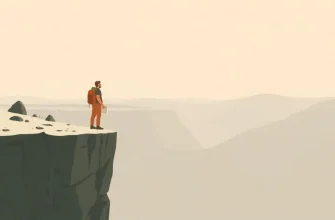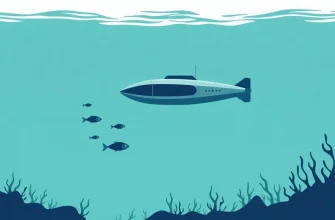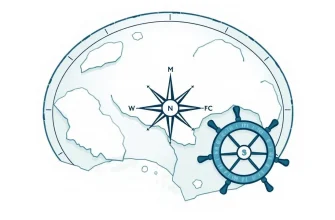Are you ready to dive into the world of scientific discovery and adventure? These films take you to the heart of research stations where scientists push the boundaries of human knowledge. From icy Antarctic bases to isolated space stations, each film in this collection offers a thrilling narrative filled with suspense, mystery, and the relentless pursuit of truth. Whether it's battling the elements, facing the unknown, or dealing with the psychological toll of isolation, these movies will keep you on the edge of your seat.

The Andromeda Strain (1971)
Description: A team of scientists in a high-tech underground lab must analyze an extraterrestrial microorganism that has wiped out an entire town. The film explores the tension and urgency of their research.
Fact: The film was based on Michael Crichton's novel and was one of the first to use computer graphics to depict scientific data.
 Watch Now
Watch Now 
The Thing (1982)
Description: In this chilling horror film, a group of scientists in an Antarctic research station face an alien organism that can perfectly imitate other life forms. The paranoia and tension escalate as they try to identify who among them is human.
Fact: The film was initially panned by critics but has since become a cult classic. The special effects, particularly the creature designs, were groundbreaking for their time.
 Watch Now
Watch Now 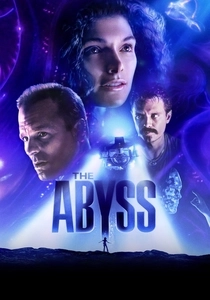
The Abyss (1989)
Description: A deep-sea drilling platform becomes the stage for a rescue mission when a nuclear submarine sinks. The crew encounters an alien intelligence, leading to intense underwater drama.
Fact: The film was one of the first to use high-definition video cameras for underwater filming.
 Watch Now
Watch Now 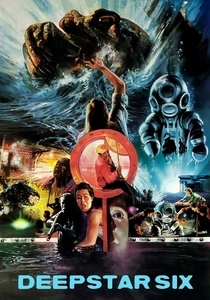
DeepStar Six (1989)
Description: Set in an underwater military research station, this film follows a crew facing an ancient creature awakened by their drilling operations. The tension builds as they fight for survival in the deep sea.
Fact: This was one of the first films to use CGI for underwater scenes, though it was not widely recognized for this at the time.
 Watch Now
Watch Now 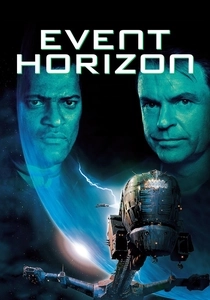
Event Horizon (1997)
Description: A rescue crew is sent to investigate the disappearance of the spaceship Event Horizon, which was testing an experimental gravity drive. The ship's reappearance near Neptune leads to horrifying discoveries at a space station.
Fact: The film was initially rated NC-17 due to its graphic content but was edited down to an R rating.
 Watch Now
Watch Now 
The Core (2003)
Description: When the Earth's core stops spinning, a team of scientists and engineers must drill to the center of the planet to restart it. Their journey starts at a secret research facility, leading to a high-stakes adventure.
Fact: The film's concept was inspired by real scientific theories about the Earth's core, though the execution was highly fictionalized.
 Watch Now
Watch Now 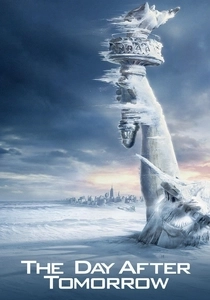
The Day After Tomorrow (2004)
Description: A paleoclimatologist must make a daring trek from Washington, D.C. to New York to reach his son, trapped in a library amidst a sudden global superstorm. The film showcases the chaos at a weather research station as the world faces a new ice age.
Fact: The film was criticized for its scientific inaccuracies, but it did raise awareness about climate change.
 Watch Now
Watch Now 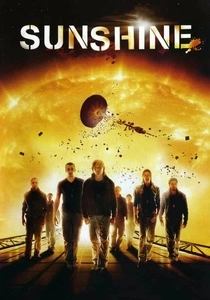
Sunshine (2007)
Description: A team of astronauts embarks on a mission to reignite the dying sun with a massive bomb. Their journey begins at a space station, where they face not only the harsh realities of space but also psychological breakdowns.
Fact: The film was praised for its realistic depiction of space travel and its homage to classic science fiction.
 Watch Now
Watch Now 
Pandorum (2009)
Description: Two crew members of a spacecraft awaken from hyper-sleep to find their ship in chaos. Their investigation leads them to a research station on an alien planet, where they uncover horrifying truths.
Fact: The film's title refers to a fictional disease that causes paranoia and hallucinations, a key element in the plot.
 Watch Now
Watch Now 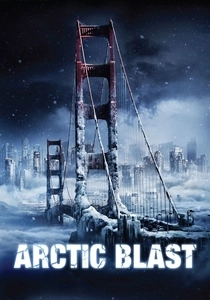
Arctic Blast (2010)
Description: A scientist at a remote research station in Tasmania must warn the world of an impending ice age caused by a sudden shift in the Earth's magnetic field. The film showcases the isolation and urgency of the situation.
Fact: Despite its low budget, the film managed to create some impressive visual effects for its time.
 30 Days Free
30 Days Free 





